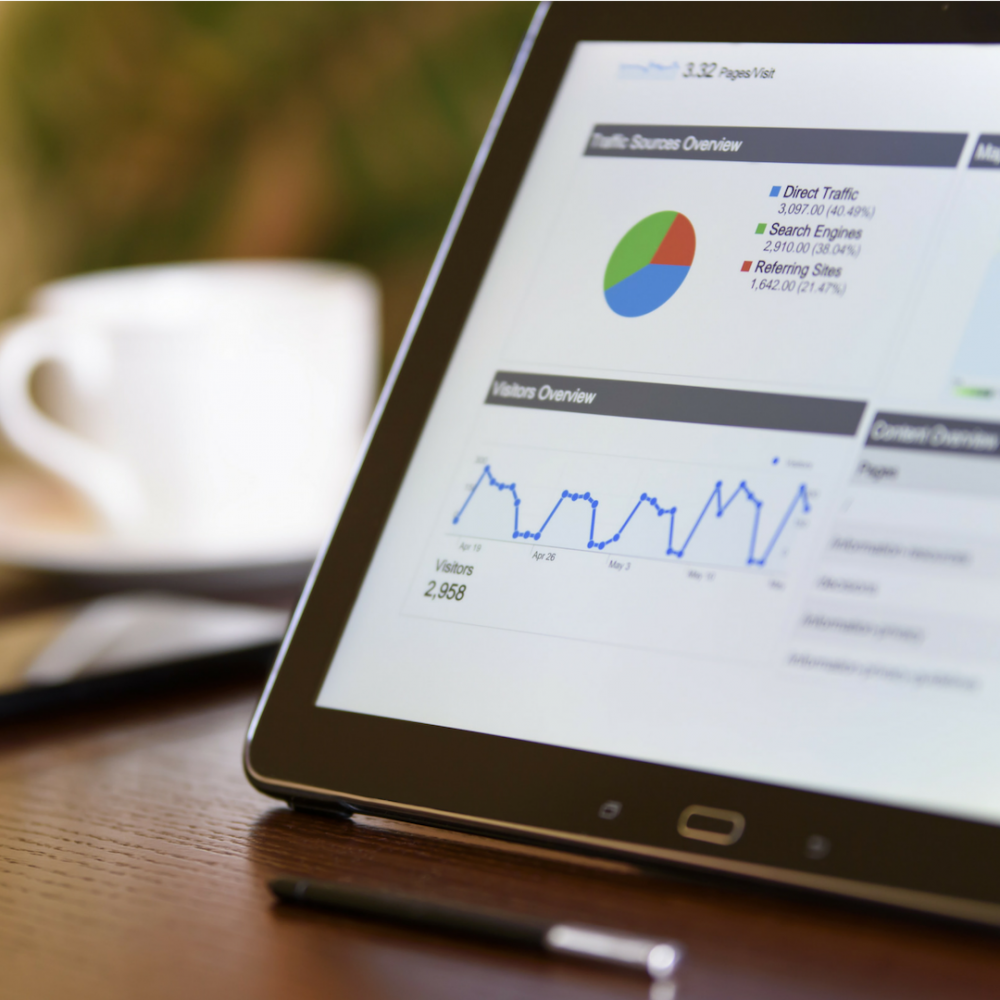
Your business or product has launched. Congratulations!
Now, it’s time to focus on analytics. Sigh.
If you’re not someone who has professional training in analytics, trying to make sense of the numbers running across your metrics dashboard probably feels like reading Greek.
Analytics can be overwhelming, especially for launchers and entrepreneurs who often prefer dreaming and doing over details. But, if you’re reading this blog, then you know as much as we do that analytics are too important to be ignored.
But when you don’t know how to find the story through the datasets and numbers, where do you start? How do you figure out what’s important? What should you be tracking first?
This, unfortunately, is where most people get it wrong.
They start with what they can see: Facebook fans, blog traffic, Twitter and Instagram followers, email subscribers…the list goes on. All of those metrics are good and important, but it doesn’t mean they’re the most important.
So how do you find the most important? Start with the cash and work your way back.
Revenue is the lifeblood of your business, so your number one metric will always be cash and profit. From cash and profit, step back. What does your customer do before completing their purchase?
This could be lots of things.
If your business is online, then they probably need to add a product to their shopping cart and go through the checkout process. In that case, the next important metric would be analyzing all the data around your shopping cart and checkout. You’ll begin asking: How many cart abandons were there last week? What’s the length of time a product sits in a customer’s cart before buying? Are there any drop-offs mid checkout? Why?
If your product or business is done through a brick and mortar store, the next important metric for you might be foot traffic into the shop. How are people finding it? What is bringing them inside for the first time? What’s keeping them from entering the store? What challenges do they face getting there, such as open hours, traffic, parking, etc.?
Start with the cash and work your way back.
Once you have a handle on your shopping cart or foot traffic metrics, take another step back. Now, perhaps, you’re looking at your website display and email newsletters, or Yelp reviews and Instagram location tags.
Eventually, you’ll work your way further and further back into all the data you have available. And when you get there, it won’t look like Greek. You’ll have connected every dot along the way. You’ll understand what the numbers mean, you’ll develop and refine your instincts on metric trends, and—most importantly—you’ll be able to leverage the data to do more dreaming and doing.
Leave a Reply